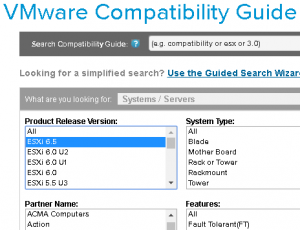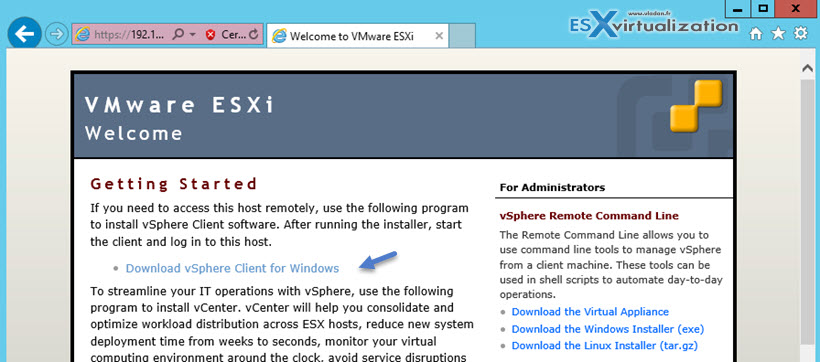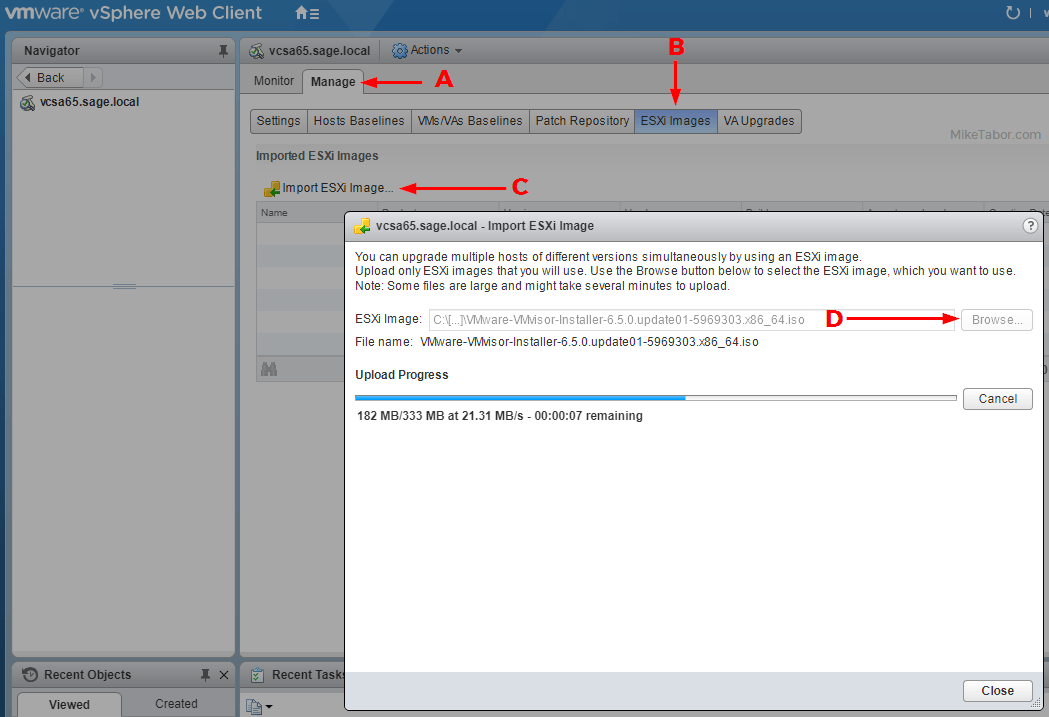➡ Click here: Vmware esxi 6.5
How to upgrade to 6. Workaround: For ESXi installation, use LUNs with IDs 255 or lower.

You receive an error message such as Internal error occurs during VMware Content Library Service pre-upgrade checks. You can try for yourself, as this is just a servile list command. If an RDMA application attempts to communicate with a non-existing peer queue number, the PVRDMA device might wait for a vmware esxi 6.5 from the peer indefinitely. Doing so causes the process to stop responding. With some cycles of disabling and re-enabling, the hardware runs into a file state. This is because the SCSI controller 0:7 is reserved for special purposes, so the system assigns SCSI 0:7 to the eighth hard disk. This happens because you cannot select a replication group when deploying from a Content Library template. This issue is resolved in this note. Open the fully qualified domain name target to accept the certificate. Workaround: On the host profile page, manually remove the deployed host from maintenance mode and remediate it. It provides exceptional management simplicity, operational efficiency, and faster time to market vSphere 6.
All posts were written, tested by myself, to be 100% accurate. There is no such issue in the RAID mode. VMware ESXi, a smaller-footprint version of ESX, does not include the ESX Service Console.

vSphere: The Efficient and Secure Platform for Your Hybrid Cloud - If you do not intend to use the plug-in you may leave it disabled, or you can choose to re-enable it only when you need to use it.

With the release yesterday of VMware vSphere 6. For the most part there are no surprises here with the installer as it keeps with the look and configuration that we have all come to know with vSphere 6. First things first, you need to download the ISO from VMware. There are some important compatibility considerations at this point. For more information, see the. The screenshots below show the installer booting from the ISO. Keep in mind that you have many options with the ISO — burning the ISO to optical media, booting from it directly in nested install configuration, or creating a bootable USB disk with a s. The installer begins with the familiar greeting. As before, we select the disk to install or upgrade. Next, we choose our language. Setting the root password… Scanning for components screen is next. The disk is repartitioned with the install by pressing F11. After the installer completes, we are prompted to reboot by pressing ENTER. Below is a quick screen caught as the system was halted and reboot begins. Alas, we are at the first DCUI spash screen for 6. The DCUI menus look the same with no surprises here in the management network configuration or other options found in the menus.

